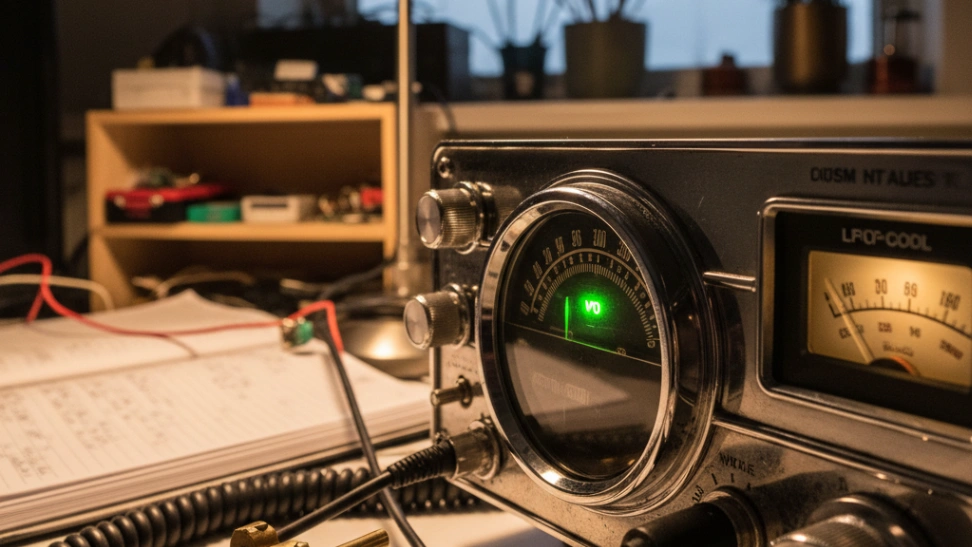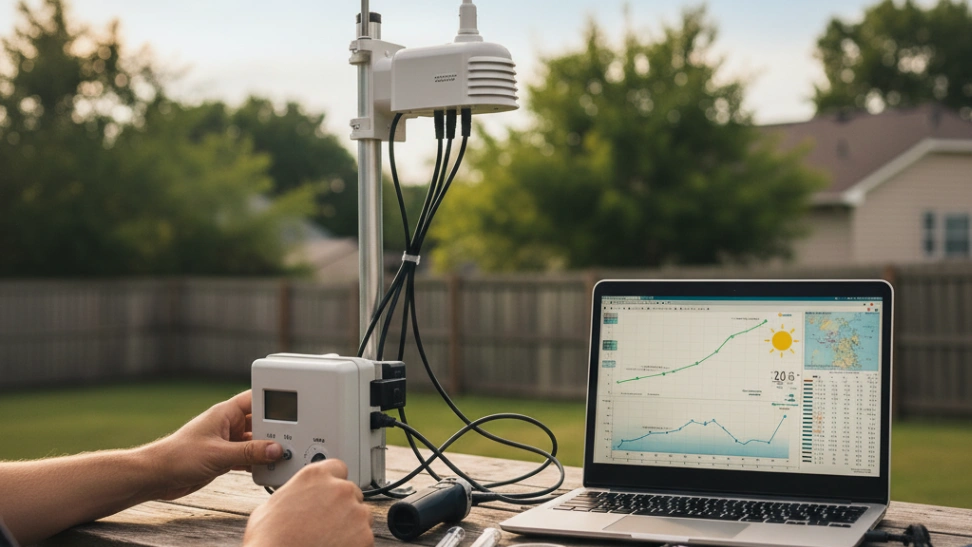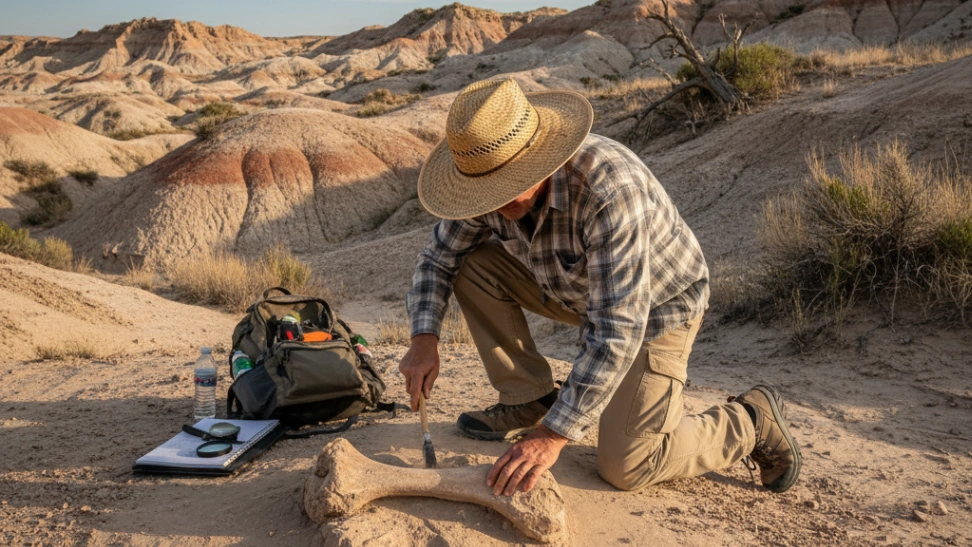The origins of amateur radio are deeply intertwined with the very dawn of radio technology in the late 19th and early 20th centuries. Guglielmo Marconi’s pioneering experiments with wireless telegraphy in the 1890s laid the groundwork for what would become a global phenomenon. As the technology advanced, early experimenters and enthusiasts, often young individuals tinkering in their basements or attics, began exploring its potential. These early "amateurs" were instrumental in pushing the boundaries of radio communication, often making discoveries that government and commercial entities later adopted. The sheer novelty of sending messages without wires captivated the public imagination, and as more people experimented, the airwaves quickly became a crowded and unregulated space. This led to the Radio Act of 1912 in the United States, one of the first pieces of legislation to formally regulate radio communication and establish distinct frequency bands for various uses, including a dedicated segment for amateur operators. This recognition was crucial, legitimizing the hobby and setting it on a path of structured growth and innovation.
Over the decades, amateur radio operators have repeatedly proven their invaluable worth, particularly during times of natural disaster and emergency. When traditional communication infrastructure, such as telephone lines, cell towers, and the internet, fails due to earthquakes, hurricanes, floods, or other catastrophic events, amateur radio often remains the sole reliable means of communication. Hams volunteer their time, equipment, and expertise to provide critical communications links for emergency responders, government agencies, and affected communities, relaying vital information, coordinating relief efforts, and assisting in welfare traffic for families anxious about loved ones. This public service aspect is a cornerstone of the hobby, fostering a deep sense of purpose and community among its practitioners. The ability to deploy portable stations to remote or impacted areas, powered by generators or batteries, highlights the resilience and versatility of amateur radio, making it an indispensable asset in crisis management.
Beyond its critical public service role, amateur radio offers a vast playground for technical exploration and personal growth. Operators can delve into a multitude of specialized areas, each presenting unique challenges and rewards. This includes experimenting with different transmission modes, such as classic voice communication (SSB), the enduring art of Morse code (CW), and an ever-expanding suite of digital modes like FT8, PSK31, and RTTY, which allow for global contacts with very low power. Many hams enjoy designing and building their own antennas, ranging from simple wire dipoles to complex beam arrays, learning principles of RF engineering and propagation along the way. Others focus on contesting, a competitive aspect where operators try to make as many contacts as possible within a specified timeframe, honing their operating skills and station efficiency. Satellite communication, connecting via orbiting amateur radio satellites, or even participating in "QRP" (low power) operations to see how far a few watts can go, are just a few more examples of the diverse avenues for experimentation and achievement within the hobby.
The technical skills developed through amateur radio are highly transferable and practical. Hams gain hands-on experience in electronics, radio frequency (RF) theory, antenna design, soldering, basic circuit building, and sometimes even programming microcontrollers for custom equipment. This deep dive into the practical application of physics and engineering principles can be incredibly rewarding, fostering a deeper understanding of the technologies that underpin our modern world. Moreover, the hobby cultivates problem-solving abilities, as operators troubleshoot equipment, optimize their stations for performance, and adapt to varying atmospheric conditions that affect radio wave propagation. It encourages resourcefulness, as hams often find creative ways to build or repair gear with readily available materials. The constant learning involved, from studying for licensing exams that cover electronics and operating procedures to staying updated on new digital modes and technologies, ensures that the hobby remains perpetually engaging and intellectually stimulating for its participants, offering a pathway to lifelong learning in the dynamic field of radio science.



